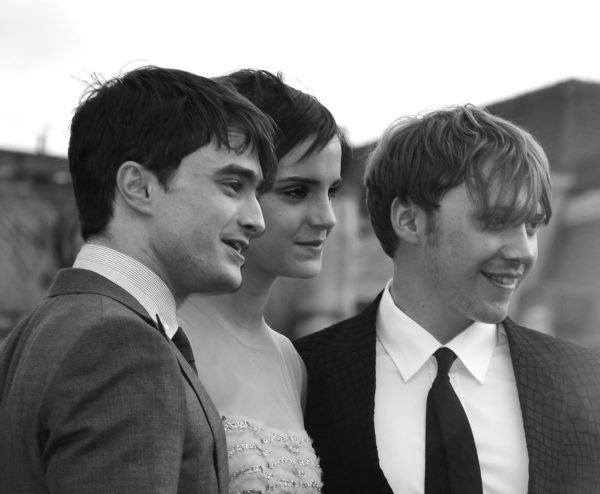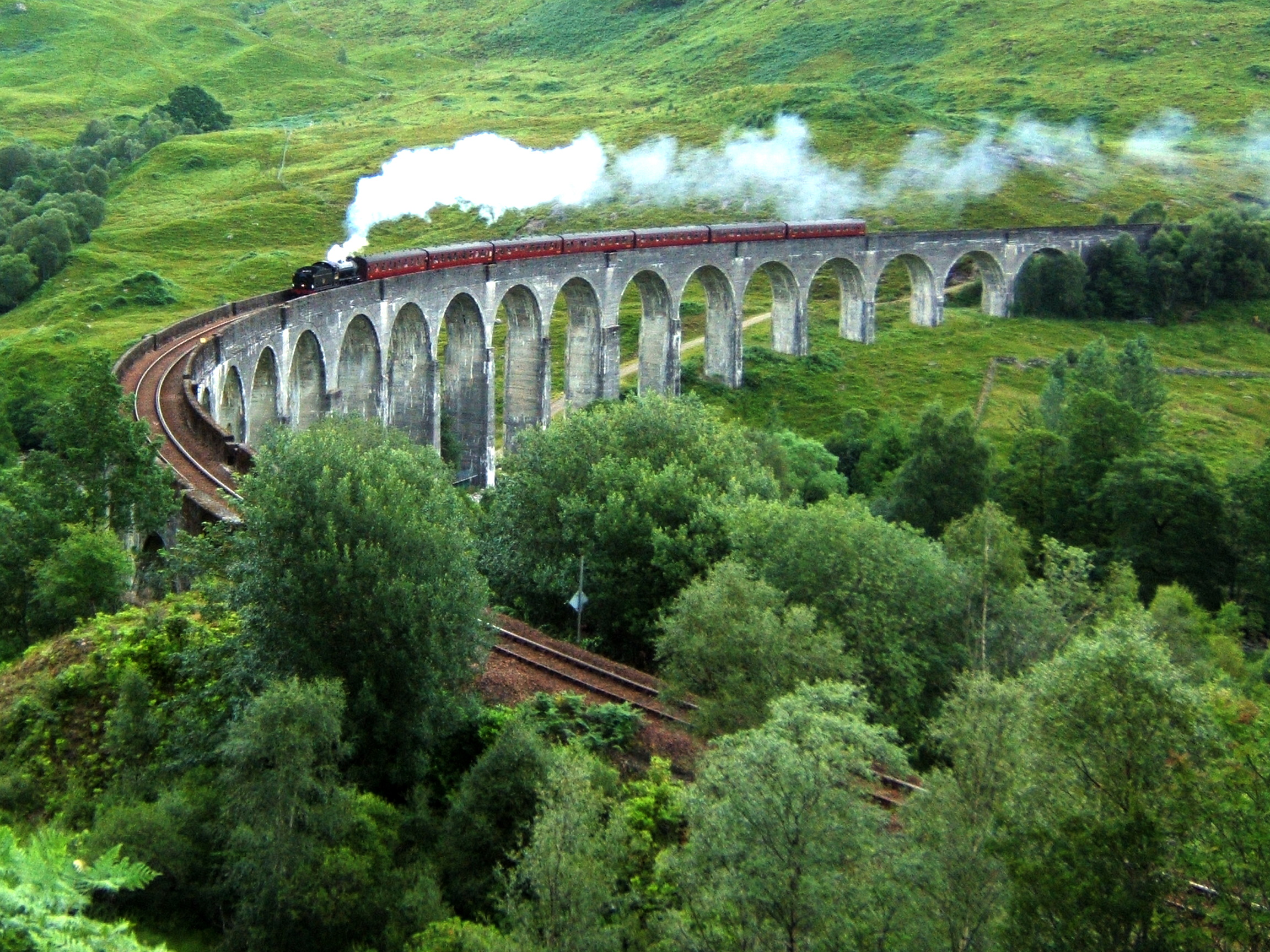By: Nick Drainey.

This month marks the 20th anniversary of the release of Harry Potter and the Philosopher’s Stone, the first of ten in the hugely successful film franchise. The magic of Harry Potter began in Scotland, from the first books being written in Edinburgh to its stunning backdrops being used to create scenes in the films, as Nick Drainey explains.
It was 20 years ago this month that three 11-year-olds took to the red carpet in London’s Leicester Square along with celebrities such as Cher, Sting, Richard Branson, Cate Blanchett and the princesses Beatrice and Eugenie. Daniel Radcliffe, Emma Watson and Rupert Grint, about to become better known as Harry Potter, Hermione Grainger and Ron Weasley, looked star-struck and slightly shy as they chatted to the crowds, signed autographs and posed for media pictures. This was the world premiere of Harry Potter and the Philosopher’s Stone – known as Harry Potter and the Sorcerer’s Stone in the US – the movie adaptation of the first of the series of seven books by JK Rowling about the boy wizard and his school pals and first of eight films faithfully following the adventures made by Warner Bros.
If the books were already a sensation – Ms Rowling was working on the fifth instalment, Harry Potter and the Order of the Phoenix, at the time the film was released – the films were about to magnify that several fold. By the time of the premiere, the film had already broken box office records by taking the biggest advance bookings for a movie release. It went on make $974 million at the box office worldwide with its first run and more than $1 billion with re-releases. It became the highest-grossing film of 2001 and the second-highest-grossing film at the time, was critically acclaimed and won a host of awards. It was a vindication for Rowling who had insisted on the cast being British or Irish rather than American and who had worked closely on the script, keeping it faithful to the book.
This article is available for subscribers only. Please sign in to your account or register.

